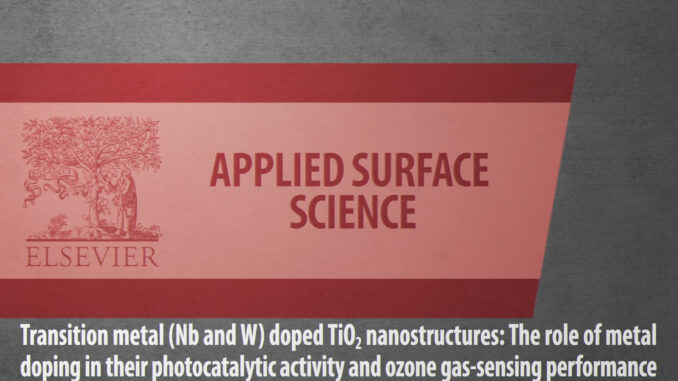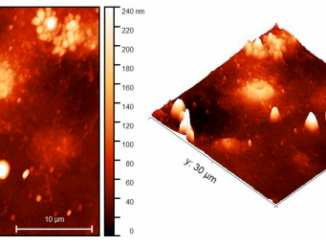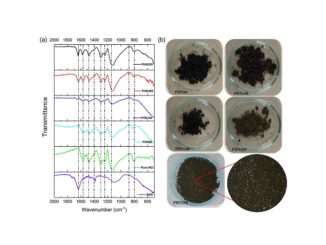
Transition metal (Nb and W) doped TiO2 nanostructures: The role of metal doping in their photocatalytic activity and ozone gas-sensing performance
Abstract: Semiconducting metal oxide nanostructures have drawn much attention from the researchers due to several advantages related to their wide-ranging applications, such as photocatalytic activity and gas-sensing performance. In this way, the effect of metal ions on the structural, morphological and electronic properties of the as-prepared samples were investigated by X-ray diffraction (XRD), Raman spectroscopy, UV–visible diffuse reflectance spectra (DRS), X-ray photoelectron spectroscopy (XPS) and electron microscopy techniques. XRD analysis confirmed that all MxTi1−xO2 (M = Nb and W) samples presented only the TiO2 anatase phase despite the different amounts of dopant. Additionally, scanning electron microscopy (SEM) showed that the increased metal ion content leads to a morphological evolution from anisotropic to isotropic nanostructures, which consequently reduces their size. It was observed that the presence of W and Nb as dopants clearly induces a change in the surface characteristics of the nanostructures, favoring the photodegradation of cationic dyes, which does not occur for Rhodamine (RhB) since the photocatalytic mechanism appears strictly related to carrier charges. From the studied samples, W0.29Ti0.71O2 presented interesting ozone (O3) gas-sensing performance, which was evidenced by their working temperature (below 150 °C), sensor response, stability and good range of detection.
Author(s): Santos, E.; Catto, A. C.; Peterline, A. F.; Avansi, W.
Applied Surface Science
Published: 30 March 2022, volume 579, 152146
DOI: https://doi.org/10.1016/j.apsusc.2021.152146
CDMF
The CDMF, hosted at the Federal University of São Carlos (UFSCar), is one of the Research, Innovation and Dissemination Centers (RIDC) supported by the São Paulo State Research Support Foundation (Fapesp), and also receives investment from the National Council Scientific and Technological Development (CNPq), from the National Institute of Science and Technology of Materials in Nanotechnology (INCTMN).




